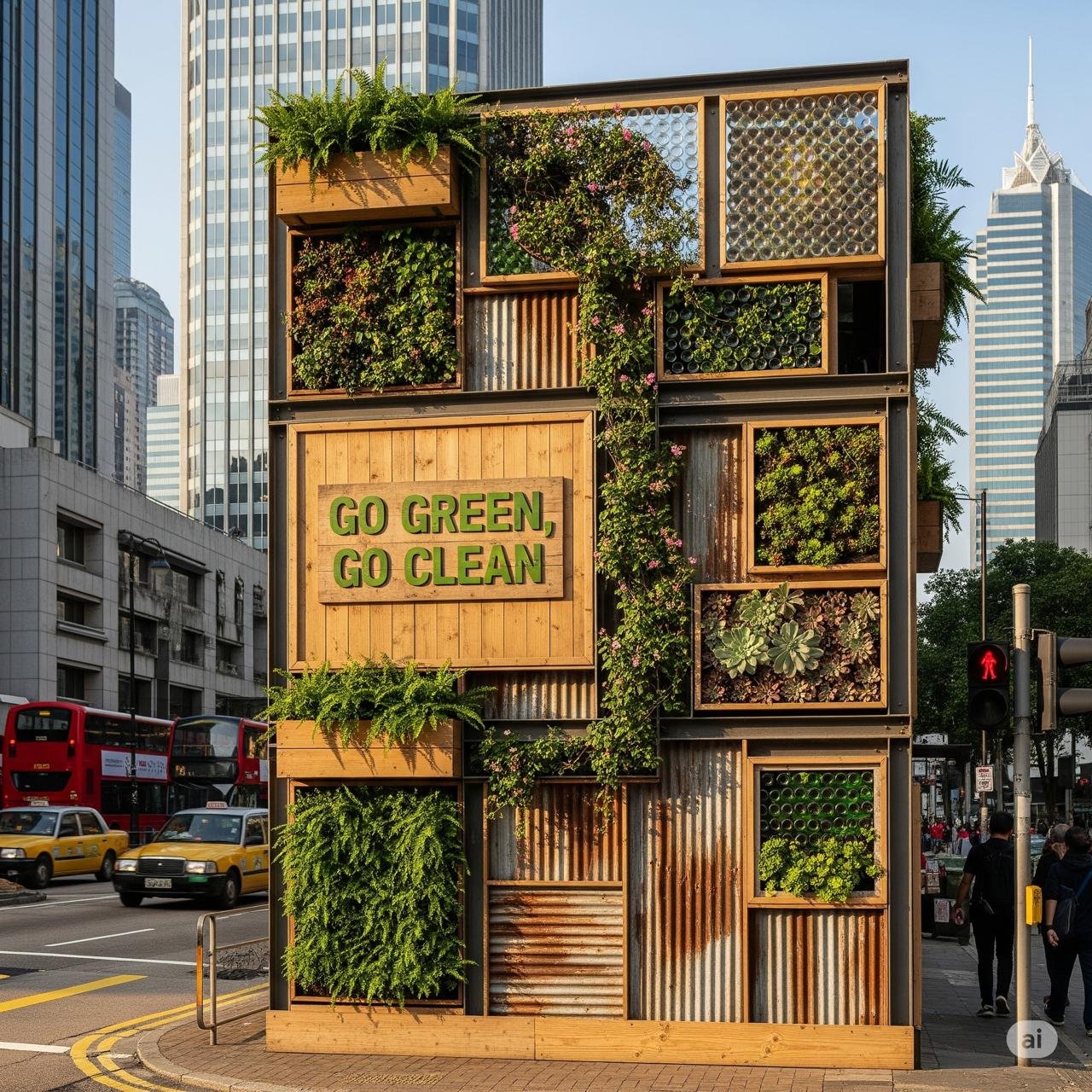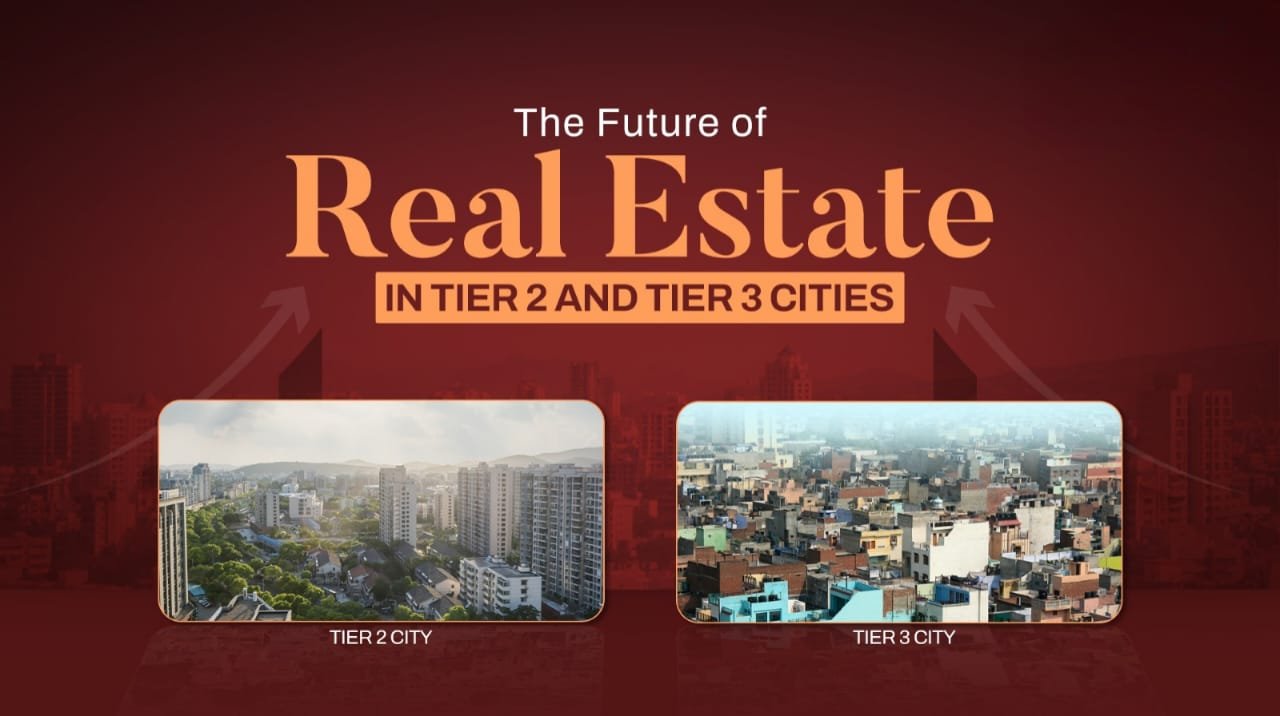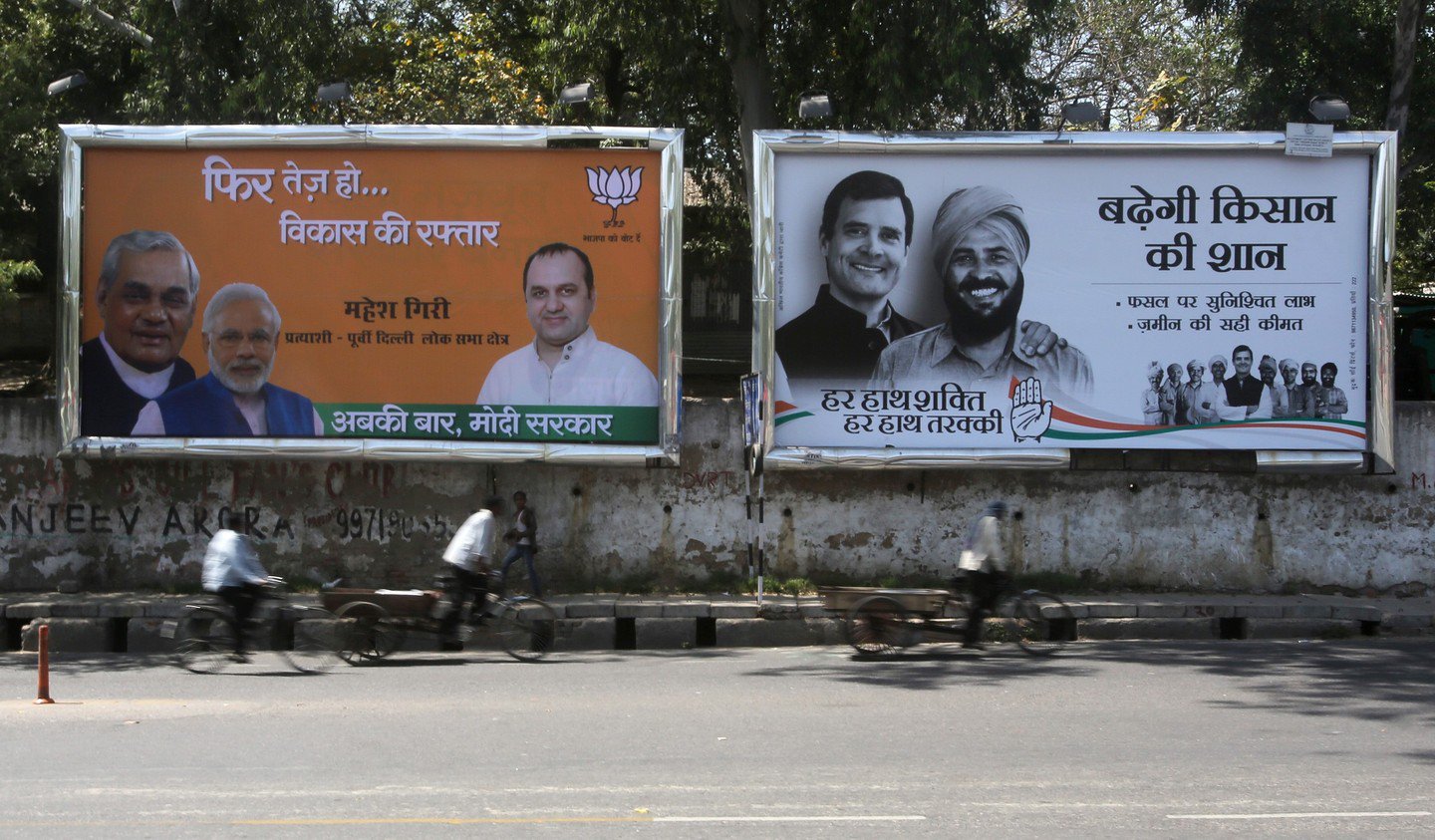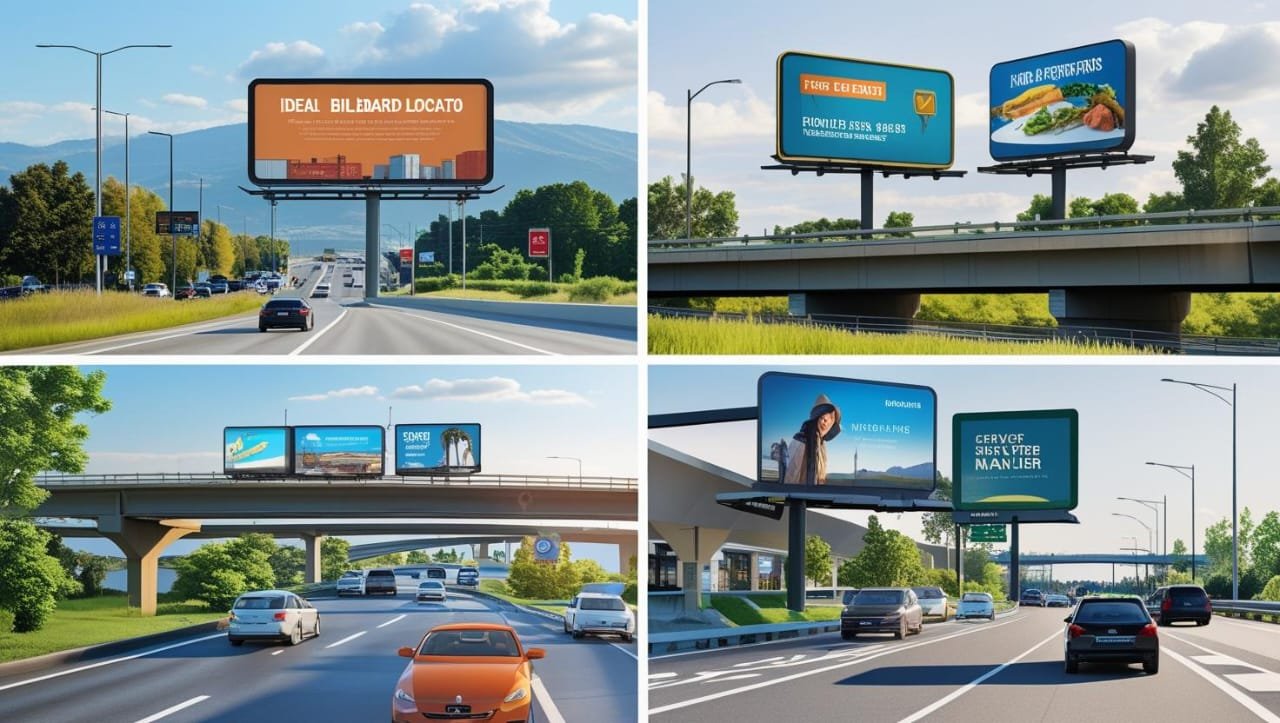If you live in Delhi, you know how impossible it is to escape hoardings. They hang over every main road, shout at you from traffic signals, and follow you across flyovers. For years, most of us barely noticed them beyond the occasional clever tagline or flashy design. But now, the question people are asking isn’t just what’s on the hoarding, but what it’s made of.
Traditional hoardings are a problem. They use PVC flex, plastic sheets, piles of lights — all of which end up as waste. Once a campaign is over, the material is usually dumped, burned, or left rotting in some corner of the city. In a place like Delhi, where waste management is already a nightmare, those piles of discarded banners only add to the chaos.
That’s why the idea of eco-friendly hoardings is catching on. They’re not yet common, but they’re growing, and for good reason.
Why Delhi Needs Greener Ads
Delhi is no stranger to environmental crises. Every winter, smog makes headlines. Every summer, heatwaves remind us how fragile the city’s ecosystem is. People are more aware now. A brand that installs a giant plastic-heavy hoarding doesn’t just look outdated — it can look careless.
Eco-friendly hoardings, on the other hand, send a message beyond the ad itself. They tell the public: we’re not just selling something; we care about the space we’re using to sell it.
What Does an Eco-Friendly Hoarding Look Like?
This isn’t theory — Delhi has already seen some small but important steps.
- A few advertising firms have switched to cloth-based flex instead of PVC. It doesn’t last as long, but it decomposes much faster and doesn’t add mountains of plastic to landfills.
- Along certain stretches like the DND Flyway, you’ll spot solar-powered hoardings, which stay lit through the night without pulling electricity from the grid.
- In South Delhi, an outdoor agency once tried a pollution-absorbing hoarding, coated with a special paint. It wasn’t huge, but it sparked conversations.
- Old vinyl banners have even been upcycled. NGOs such as Goonj collect discarded hoardings and turn them into bags, mats, and raincoats. I’ve actually seen school kids in rural UP carrying sturdy bags made from old Delhi ads.
These examples show that a hoarding doesn’t just have to be a flat board with a product picture. It can live a second life, or even contribute something to the environment while it’s still standing.
Inspiration from Other Cities
Delhi is still in the early stages, but globally, brands have been pushing boundaries.
- In Manila, Coca-Cola made a living, plant-covered hoarding that absorbed pollution equal to over a thousand trees.
- In Mexico City, a vertical garden billboard gave back greenery to one of the world’s most crowded places.
- In London, solar-powered boards are no longer unusual; they’re part of the standard landscape.
If these cities can experiment, there’s no reason Delhi can’t. Imagine a plant-covered hoarding at Connaught Place or a solar billboard on the Dwarka Expressway. Not only would it stand out, but people would talk about it — and that kind of buzz is priceless for a brand.
The Business Case
Let’s be honest. Brands won’t shift just because it’s the “right” thing to do. Budgets matter. And yes, eco-friendly hoardings can be pricier to set up. But the returns are higher in ways that aren’t always obvious.
- Free publicity: Media houses love covering stories of sustainability. A brand putting up a green billboard gets free coverage, often worth more than the ad spend itself.
- Consumer trust: Young Delhiites especially want to support brands that align with their values. A hoarding that looks green — and actually is green — builds loyalty.
- Standing out: In a city plastered with ads, a sustainable hoarding is guaranteed to be noticed.
So while the initial cost might pinch, the payoff often goes beyond numbers.
The Road Ahead
Right now, eco-friendly hoardings are more like experiments than the norm. But the writing’s on the wall. With government policies slowly tightening around plastic and energy usage, and with citizens more vocal than ever, traditional hoardings will have to evolve.
Delhi is in a position to lead. If brands here commit to greener advertising, the impact won’t just be local — it’ll set a trend for Mumbai, Bengaluru, Kolkata, and beyond.
Final Thought
Hoardings are part of Delhi’s DNA. They shout from every corner, guiding us, distracting us, sometimes even entertaining us. But they can be more than noise. They can be part of the city’s solution, not just another problem.
The next time you’re crawling through traffic near Dhaula Kuan or waiting at a signal in Lajpat Nagar, imagine looking up at a hoarding that doesn’t just sell you something — it gives back, even in a small way. That’s the future eco-friendly advertising is pointing us toward.
It won’t happen overnight, but it’s coming. And when it does, maybe Delhi’s skyline will look a little greener, and breathe a little easier.



